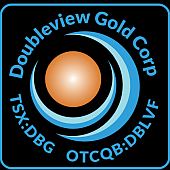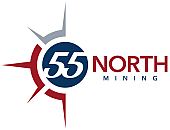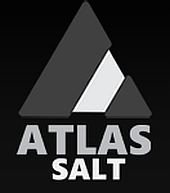 Silver Bullet Mines samples 270.6 oz/ton Ag at Buckeye
Silver Bullet Mines samples 270.6 oz/ton Ag at Buckeye
2023-02-15 10:47 ET – News Release
Mr. John Carter reports
SILVER BULLET MINES CORP. ASSAYS 270.6 OUNCES PER TON SILVER IN UPPER VEIN AT BUCKEYE MINE IN ARIZONA
Silver Bullet Mines Corp. has released strong initial assay results from the interception of the upper main vein at the Buckeye mine near Globe, Ariz.
The vein was intercepted approximately 380 feet from the entrance to the adit. Immediately on contact with the vein, the first significant assays from the vein were 43, 178.6, and 270.6 ounces silver per ton. The samples yielding these results did not include material from the footwall. The samples were selected at random from the mineralized material removed from the vein and then were sent to SBMI’s assay lab for processing.
The Company is now mining along the exposed vein with assay results pending from the face. SBMI has extended the workings to 420 feet from the entrance to the adit, the vein is ten feet wide and eleven feet high, and the footwall is estimated by the field team to be four feet wide.
SBMI has stockpiled in excess of 450 tons of vein material at surface at the Buckeye Mine site, for shipment to the mill. The Company is mining 150 to 200 tons of mineralized material per day, although this rate will vary. The Company believes it has achieved the targetted grade necessary to support processing this material at the Company’s mill and to then pour dore bars or create concentrate. Both the dore bars and the concentrate will saleable product, and the Company does not expect to encounter any significant difficulties in finding buyers for those products.
SBMI is also pleased to announce it has begun to resolve the issues with pouring dore bars from this material. The picture below shows a malformed dore bar from September, 2022.
The Company thanks Dr. Andrew Macdonald, a mineralogist with Harquail School of Earth Sciences at Laurentian University, for his assistance. Initial results from his work indicate the presence of a highly magnetic iron alloy in the mineralized material. The iron alloy smelts at temperatures of over 3000 degrees F, which is above the silver smelting temperature of roughly 1800 degrees F, and therefore it interferes with the silver smelting process. SBMI has confirmed this thesis by using a high intensity magnet to pull the iron alloy from the concentrate prior to smelting. The dore bar below, poured in February, 2023, resulted from concentrate after the iron alloy was removed.
As a result, the Company intends to permanently install a high intensity magnetic separator in the milling operation to improve the likelihood the Company can smelt silver dore bars. The Company intends to store the magnetic concentrates for future research. Continued research will be needed.
The Company is still awaiting the check assay results from American Assay Labs and Actlabs.
SBMI’s near term goal is to process the higher grade material at the Company’s mill to produce saleable product.
QAQC
All the samples above were collected by SBMI’s field team. Samples were collected and placed in sample bags with their appropriate tag and processed at the Company’s own assay lab. Like any responsible producer, the Company owns its own assay lab and regularly takes samples as part of its production process.
The samples analyzed by SBMI at its facility near Globe, Arizona were processed through the Lab Jaw Crusher, Lab Hammer Mill and Splitter Box into an aliquot. Most of the pulverized aliquot was mixed with a flux and flour combination and melted in a crucible at 1,850 degree Fahrenheit, with the remainder being logged and archived. Upon cooling, the poured melt was in the form of a metal button and slag, following which a bone ash cupel was utilized to eliminate the lead in the button to form a bead. The bead was then weighed, following which a solution of 6 to 1 distilled water to nitric acid was utilized to dissolve the silver in the bead at approximately 175 degrees Fahrenheit. A much more detailed description of the process and a picture of the assay lab can be found at https://www.silverbulletmines.com/qaqcassaylab.
Readers should be aware that the SBMI facilities have been designed for quick production grade control and are not ISO compliant; however, duplicate sampling with other ISO labs has been done on past samples with good correlation.
Mr. Robert G. Komarechka, P.Geo., an independent consultant, has reviewed and verified SBMI’s work referred to herein, and is the Qualified Person for this release.
We seek Safe Harbor.
https://www.silverbulletmines.com/




























